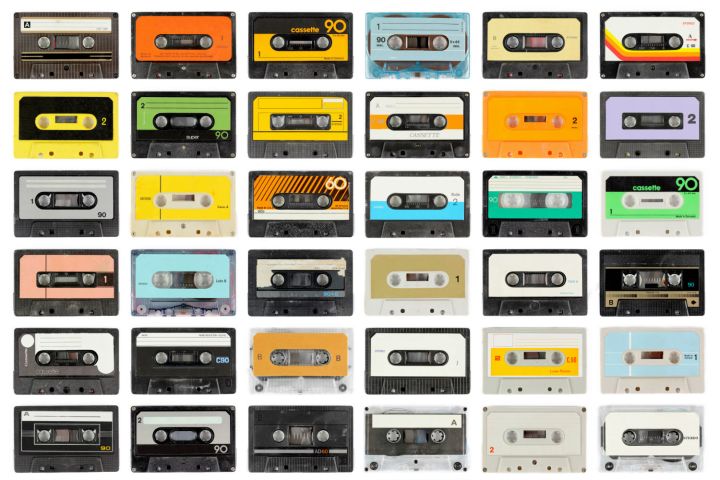
While certainly dramatic, the increasing popularity of cassette tapes isn’t too surprising, considering that this type of media has been undergoing a bit of a renaissance in recent years. The main driving force of this boom in popularity has been nostalgia. Properties such as Marvel’s Guardians of the Galaxy and Netflix’s Stranger Things have led to a renewed love of all things 1980s, and that includes cassette tapes. Both Stranger Things and Guardians of the Galaxy released soundtracks on cassettes tape in recent years, which saw a large amount of success.
In addition to cassette tapes, vinyl records enjoyed another year of growth marking the 12th year of consecutive growth for the record industry. In total, vinyl records accounted for 14 percent of all physical albums sold in 2017. The success of vinyl shows that the power of nostalgia isn’t confined to the 1980s.
Of course, even the power of nostalgia is no match for the convenience offered by streaming and on-demand music. Music streaming services such as Spotify and Apple Music continued to grow in popularity throughout 2017. In total, the use of music streaming services saw a more than 58 percent increase from 2016.
In a year of winners, there was one particular form of music consumption which saw a decline this year. The sale of full albums, both physical and digital, were on the decline this year. The decline of albums makes sense when you factor in the popularity of on-demand services such as Spotify. A commonly heard complaint among music lovers is that record labels would force you to pay $15 for an album that had two songs you wanted and 13 you didn’t. The popularity of on-demand music services means that users can simply select the songs they want and leave the rest behind.
Hungry for another trip down music memory lane? Check out our history of home audio for more musical nostalgia.


